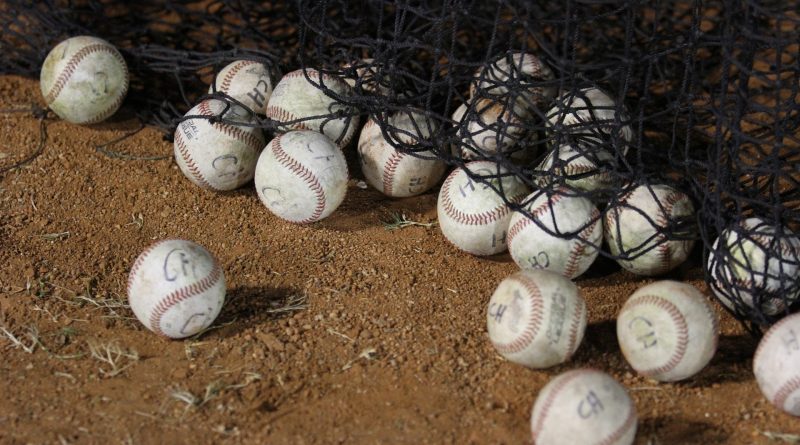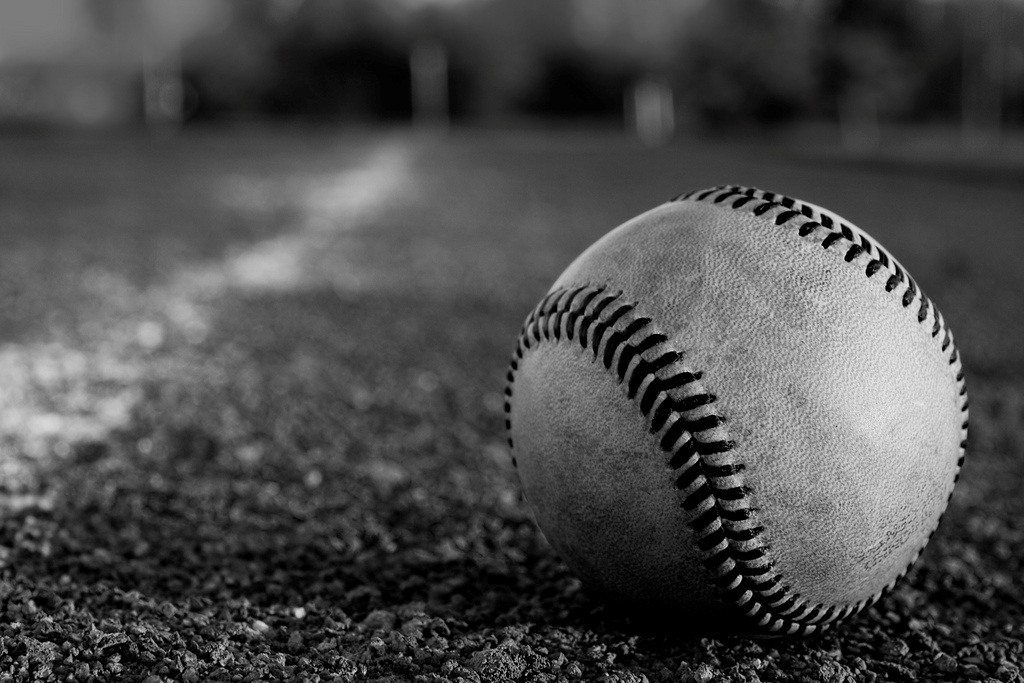The 6 different types of baseball or softball pitching machines
Do you know the six distinct kinds of pitching machines for baseball or softball that are on the market? For further information, see this article.
1. Real Ball Pitching Machines
Real balls, as the name implies, are thrown by “Real Ball” pitching machines, as opposed to the machine-pitch dimpled balls you see at commercial batting cages. Each baseball weighs roughly 5 ounces.
Such equipment often falls into one of two basic categories: Compressed Air Machines or Arm Styled Wheel Machines. Despite certain exclusions, every situation calls for a batting cage. If you choose the one-player mode, make an investment in auto-feeding and remote control.
2. Wheel-Style Pitching Machines
Have you ever seen those pitching machines being utilized in a league, a high school, a college, professional baseball, or even just someone else’s backyard? These are the ones, yes. Wheel-style pitching machines are one of the most common options and can be used only for baseball, and softball, or in a bundle for both sports.
Wheel-styled pitching machines use 110v power and are supported by one or more rubber wheels, a motor that drives the wheels’ movements, dynamic components with speed and direction adjustment knobs, and a metal frame coupled to a tripod. You’ll need a power generator if you’re using them on fields without an electrical source.
3. Single-Wheel Machines
These are basic machines that can toss a straight pitch at speeds between 25 and 70 mph. Typically, the cost is fixed at or above $900. There are currently very few single-wheel machines available on the market that also produce curveball throws. Coaches could favor the curveball option since they have a wider range of throwing options for the breaking ball from either “hand”. However, be ready to pay as they can cost up to $1,200.
Single-wheel machines may be taken from the boot of your car to the stadium and are generally still a little less expensive than true ball machines. However, you might want to think about the 2 wheeled machines instead if you favor faster speeds or a wider range of pitch throws.
4. Two-Wheel Machines
Regardless of the angle, hand (left or right), or speed you’re referring to, these machines can imitate practically any pitch. They are obviously significantly more expensive than other types of pitching machines due to the increased features.
The joy and fun of utilizing such machines to practice are increased by their capacity to throw all different types of pitches and the added benefit of using them for ground balls, fly balls, and even catcher pop-ups. They are also rather portable.
Some people resent the fact that these machines don’t allow them to see the “pitcher’s arm” in motion. However, once adapted to, it’s not really a significant drawback. The consistency of their pitches decreases with either wet, waterlogged balls or bloated balls, which is more significant. like all-wheel-drive vehicles Therefore, if you reside in an area that frequently has rainy or damp weather, you might want to think about your other possibilities.
5. Arm-Style Pitching Machines
Yes, you frequently see them at commercial batting cages. You know, that rusty pile of steel with the red lightbulbs on top that warn the batter when the pitch is coming?
These machines, which have been around for more than 50 years and are equally ideal for baseball and softball, can toss a straight and accurate ball at speeds ranging from 25 to 85 mph. Due to their size, it would be wiser to simply cover them and leave them where they are at the end of the season rather than stuffing them into your garage. They are fairly resilient except for that.
6. Rack Fed or Hopper Fed Pitching Machines
These machines don’t need an auto feeder because baseballs or softballs are already loaded into them. There are primarily two kinds. One can hold up to 28 softballs or 38 baseballs at once and is rack-fed. The other can contain up to 600 baseballs or 400 softballs and is hopper-fed.
These are extremely sturdy pieces of professional baseball training equipment. Even if you do need to replace a few damaged parts, they’re typically not too expensive and require little effort to repair. Maintenance is frequently as simple as routinely applying lubricating oils to a few of the joints.
One benefit of using these machines is that players can frequently watch the pitcher wind up, allowing them to set up for the swing at a more realistic time. They are less portable than the other types listed previously due to their weight, though.




